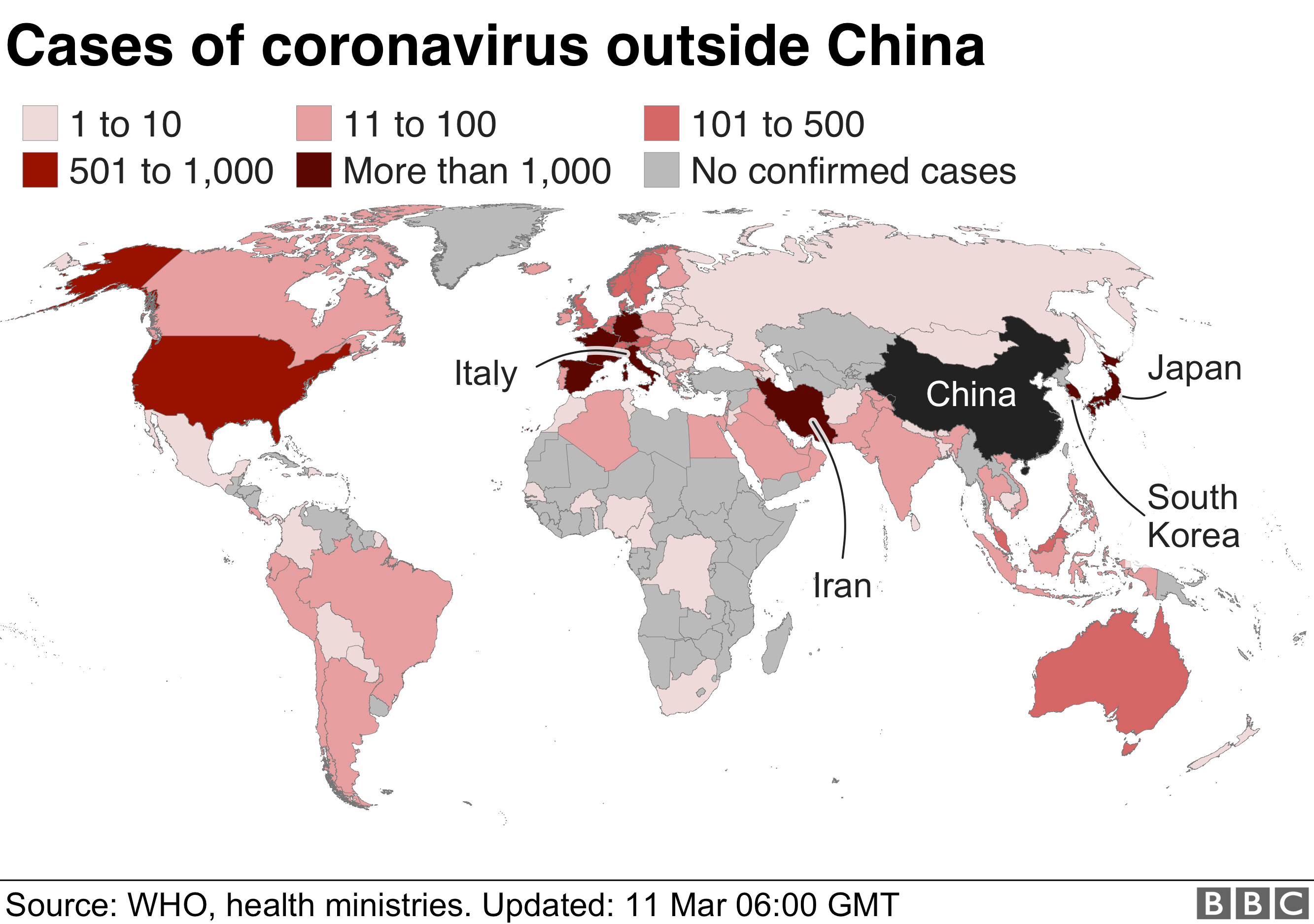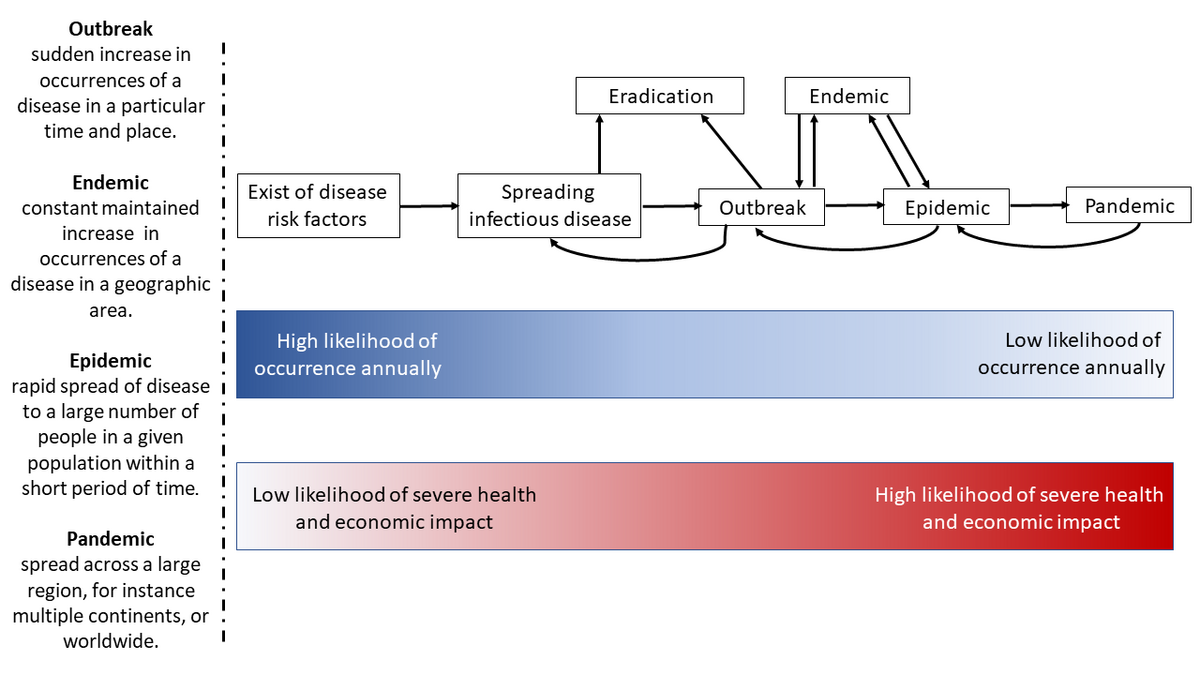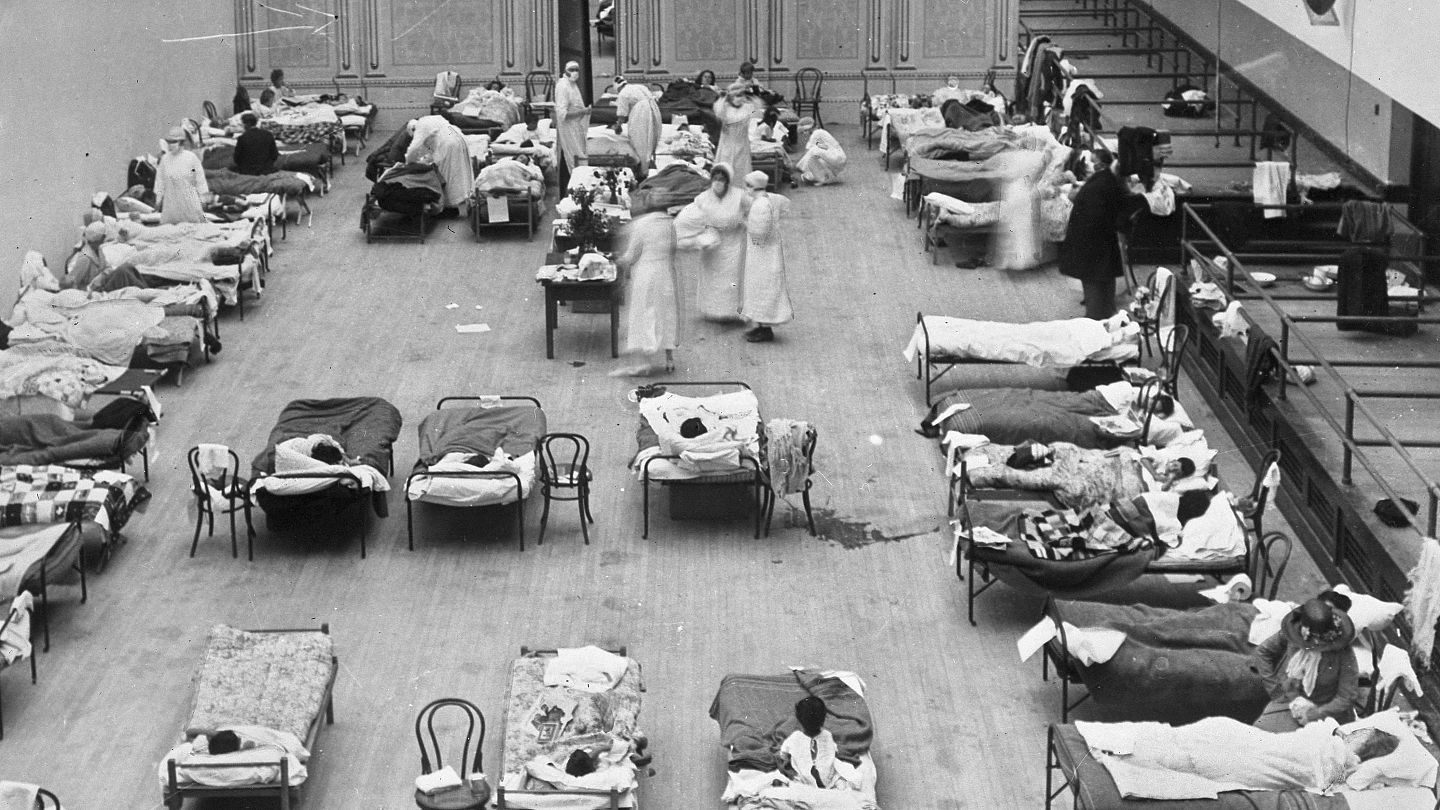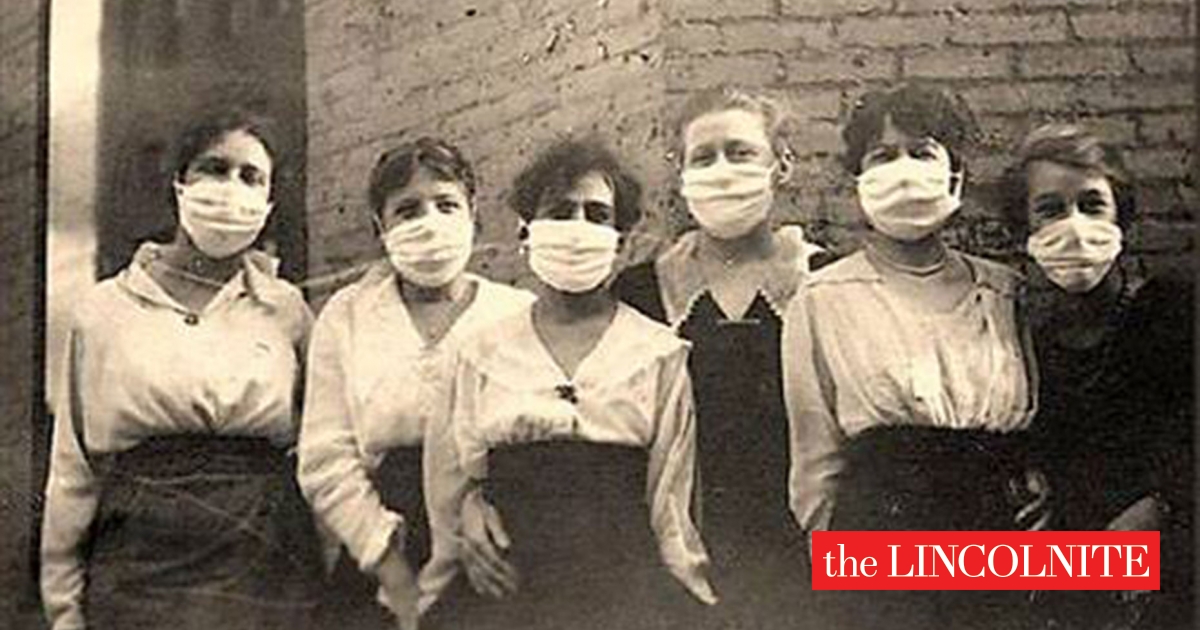Timeline of the COVID-19 pandemic in the United States 2020 Timeline of the COVID-19 pandemic in the United States 2021 Index of articles associated with the same name. It turns out scientists around the world are investigating this very question.

The 1918 flu pandemic virus kills an estimated 195000 Americans during October alone.

When did pandemic start. It was caused by an H1N1 virus with genes of avian origin. A possible focus for investigators is the Wuhan Institute of Virology in the city where the outbreak began. Exactly how and where.
First coronavirus case in France dates back to December say scientists. The 1918 influenza pandemic was the most severe pandemic in recent history. March 17 2020.
The one that causes SARS emerged in southern China in 2002 and quickly spread to 28 other countries. At a news briefing WHO Director-General Dr. Scientists say it is highly likely that the virus came from bats but first passed through an intermediary animal in the same way that another coronavirus the 2002 Sars outbreak moved from.
The novel coronavirus or COVID-19 as the disease was named by the World Health Organisation in February 2020 is widely believed to have started in the now-infamous Huanan seafood market in the. SINCE the coronavirus pandemic began in 2019 it has claimed the lives of more than two million people across the globe. Below is a timeline of major events that took place during the 2009 H1N1 pandemic.
World Health Latest on coronavirus outbreak Did pandemic start earlier than we think. It has been cited as the most devastating epidemic in recorded world history. Timeline of the COVID-19 pandemic in the United States may refer to.
At the end of a year in which Covid-19 has claimed 17 million lives since it was first identified in the Chinese. Tedros Adhanom Ghebreyesus noted that over the past 2 weeks the number of cases outside China increased 13-fold and the number of countries with cases increased threefold. More than 8000 people were infected by.
In 2009 a new H1N1 influenza virus emerged causing the first global flu pandemic in 40 years. In the United States it was first identified in military personnel in spring 1918. This article includes a list of related items that share the same name or similar names.
Pandemics it has been said are lived forwards but only understood backwards. 24 the first cases of the coronavirus in Europe were confirmed in France. Thats what I found out from my friend Michael Letko a researcher at Washington State University who studies viruses and how they cross.
But exactly how it all happened is still a kind of mystery. First case in France dates back to December. But this timeline might be updated according to an article published by a scientific journal in France on May 3.
The World Health Organization WHO on March 11 2020 has declared the novel coronavirus COVID-19 outbreak a global pandemic 1. The influenza pandemic of 1918-1919 killed more people than the Great War known today as World War I WWI at somewhere between 20 and 40 million people. The Trump administration announces strict southern border controls and President Trump states that he felt like the crisis was a pandemic long before it was called a pandemic President Trump announces that the CDC will suspend entry into the United States from persons from Mexico and Canada.
A flu pandemic from 1957 to 1958 killed around 2 million people worldwide including some 70000 people in the United States and a pandemic from. Its likely the coronavirus that causes COVID-19 SARS-CoV-2 started in an animal before jumping to humans. In fall of 1918 the United States experiences a severe shortages of professional nurses because of the deployment of large numbers of nurses to military camps in the United States and abroad and the failure to use trained African American nurses.
One of Chinas top virus research labs it built an archive of genetic information. Although there is not universal consensus regarding where the virus originated it spread worldwide during 1918-1919.




